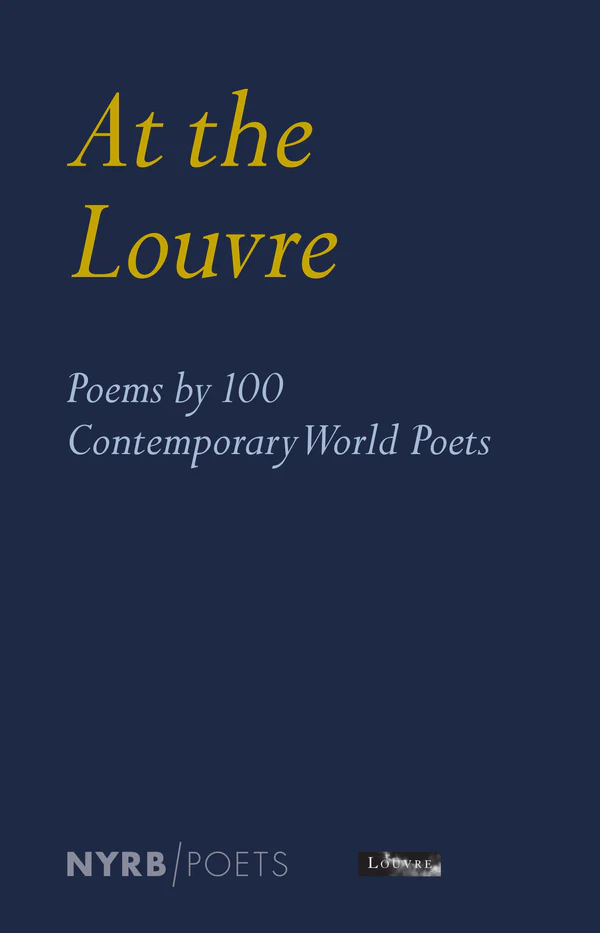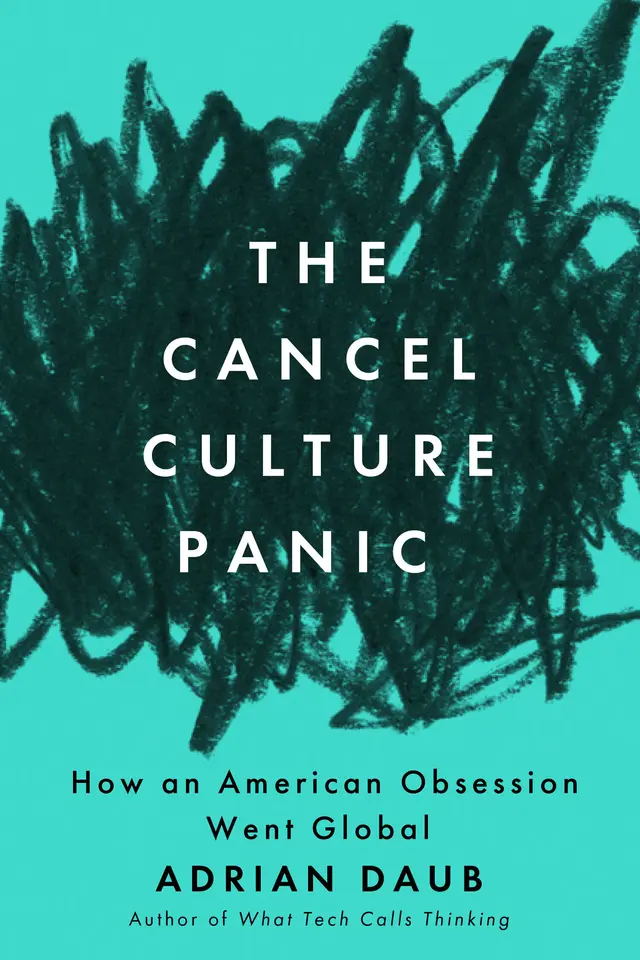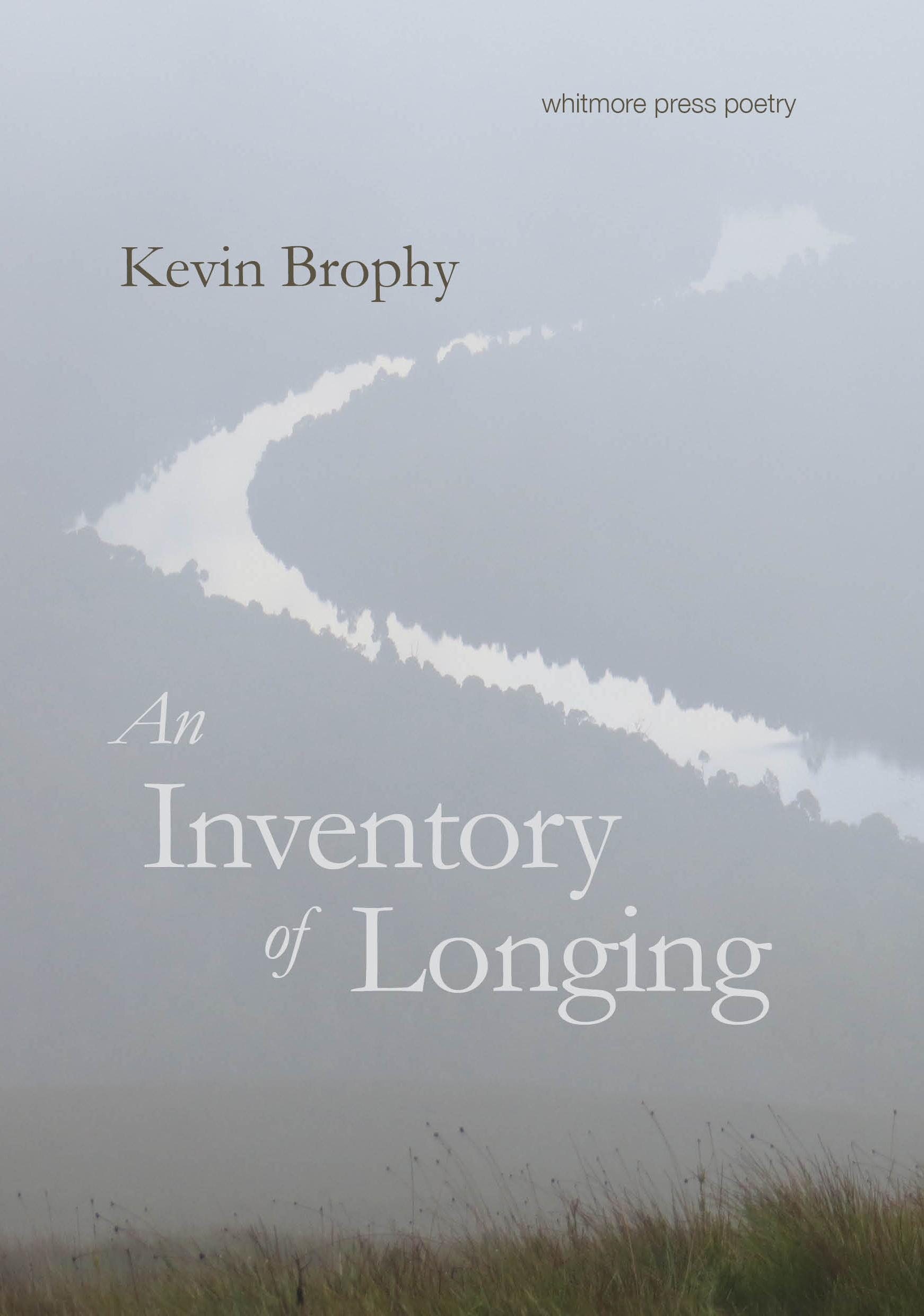The Ghost Sonata
A few years before he wrote his play The Ghost Sonata (1907), August Strindberg bitterly observed: ‘Life is so horribly ugly, we human beings so abysmally evil, that if a writer were to depict all that he had seen and heard no one could bear to read it ... Breeding and education seem only to mask the beast in us, and virtue is a disguise. Life is so cynical that only a swine can be happy in it ... it is a punishment! A hell. For some a purgatory, for none a paradise.’ A bleak world view for a playwright!
Yet the importance of Strindberg as a pivotal figure in the development of twentieth-century theatre cannot be over emphasised. His work anticipated the theatre of the absurd, culminating in the seminal plays of Samuel Beckett. However, many of Strindberg’s plays have puzzled scholars and audiences alike with their strange, often bizarre, theatricality and presentation of various layers of appearance that obscure the reality of the world.
Continue reading for only $10 per month. Subscribe and gain full access to Australian Book Review. Already a subscriber? Sign in. If you need assistance, feel free to contact us.















Leave a comment
If you are an ABR subscriber, you will need to sign in to post a comment.
If you have forgotten your sign in details, or if you receive an error message when trying to submit your comment, please email your comment (and the name of the article to which it relates) to ABR Comments. We will review your comment and, subject to approval, we will post it under your name.
Please note that all comments must be approved by ABR and comply with our Terms & Conditions.